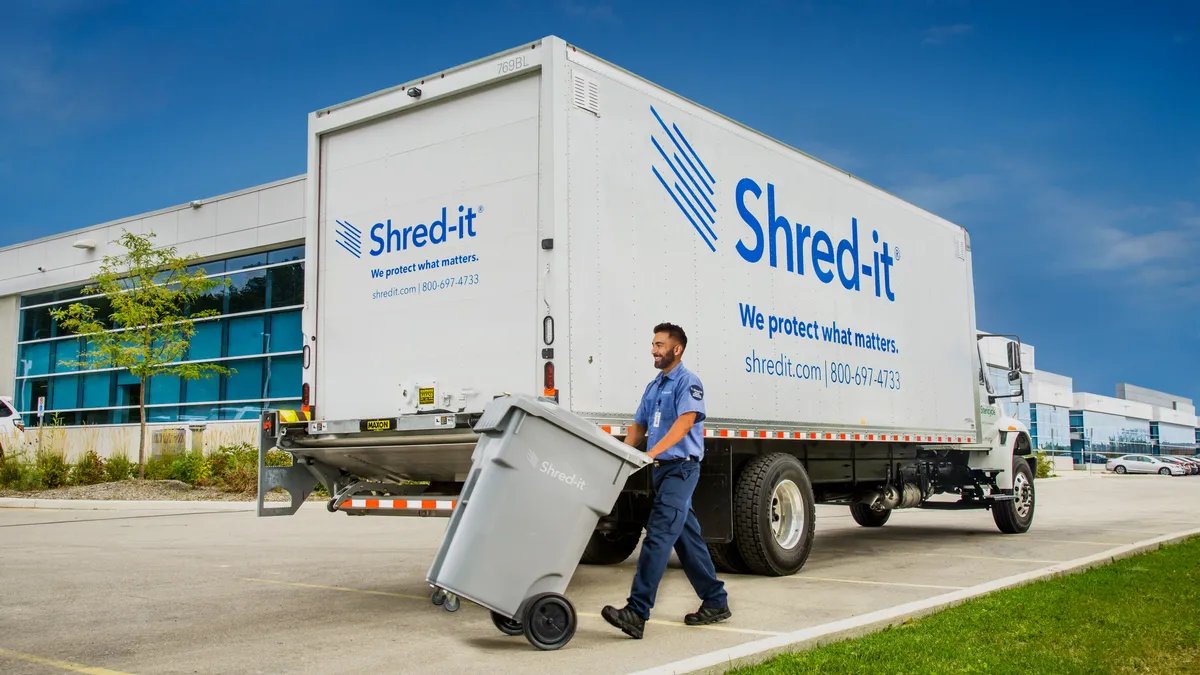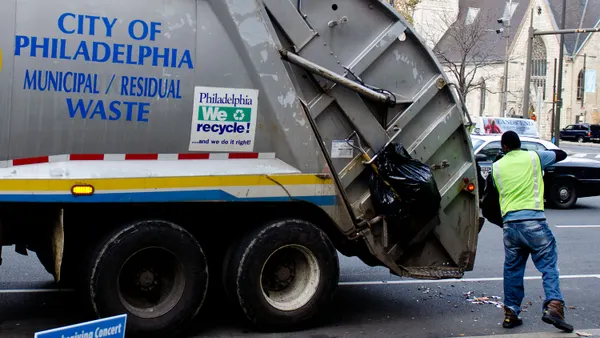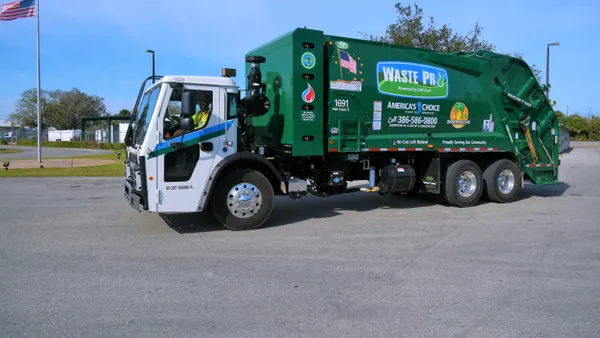- Economic picture: During Thursday’s earnings call, CEO Cindy Miller highlighted the company's continued efficiency and cost saving measures, which she credited for helping expand margins. The company’s North American regulated waste and compliance services sector grew by $7.1 million in revenue, its eighth consecutive quarter for growth. The secure information destruction segment performed “as expected” but faces anticipated headwinds due to lower commodity prices for paper in the first half of the year.
- Labor and workforce: Stericycle has completed a series of “workforce management actions” carried out in late 2023 and early 2024 that reduced its headcount by about 6% year over year through attrition, “careful hiring” and layoffs. From these actions, Stericycle estimates it will save between $40 million to $45 million dollars in 2024. Miller had previously estimated the planned workforce changes would save about $35 million this year.
- New products: Stericycle recently launched ProtectPlus, a subscription document destruction service that includes cybersecurity and privacy training for customers. Cory White, Stericycle’s chief commercial officer, said the service is a response from shredding customers who said data and information protection was important but they did not currently provide employees with such training. The service “is in early days” and only available to new customers, but so far has generated approximately $2 million in annualized revenues, he said.
- Incinerator updates: Stericycle continues to work on its regulated medical waste incinerator in McCarran, Nevada. The construction phase is still on track to finish during Q2 and the testing phase will start soon after. “We are also building the capability to process sorted office paper at this location and expect to begin shredding paper later this year,” said Miller.
- Commodity price trends: Stericycle continued to see lower revenues from recycled paper in Q1, which impacted the secure information destruction sector. Recycled paper revenues for its North American operations dropped about 7%, or $14.3 million, due to lower tonnage and lower commodity rates for sorted office paper, said Zelenka. Stericycle was able to offset about 60% of the paper price reductions through its recycling recovery surcharge, which it puts in place when sorted office paper prices are below $192 a ton, she said.
- Fleet optimization: As part of its ongoing efficiency and cost reduction plans, Stericycle has undergone a route optimization process that allowed the company to eliminate about 5% of its North American fleet — about 200 vehicles — over the last 15 months.
- Debt leverage ratio: At the end of the first quarter, Stericycle’s debt leverage ratio was 3.51, which “aligns with our expectations.” Its credit agreement had previously allowed for certain cash add-backs when calculating the ratio, but CFO Janet Zelenka said $50 million of such add-backs expired at the end of 2023. However, the company expects to return to its long-term ratio goal of 2.5 to 3 “later this year.”

Stericycle reports progress on workforce and fleet optimization plan, touts new document service
Stericycle reported margin improvement from various cost saving measures, and shared construction updates for an upcoming incinerator project in Nevada.

Recommended Reading
- Q1 earnings results for major waste and recycling companies By Waste Dive Staff • Updated May 6, 2024
- Stericycle executive talks sustainability, long-term efficiency plans By Megan Quinn • April 16, 2024
- Stericycle to continue workforce reduction plans, incinerator construction By Megan Quinn • Feb. 28, 2024









